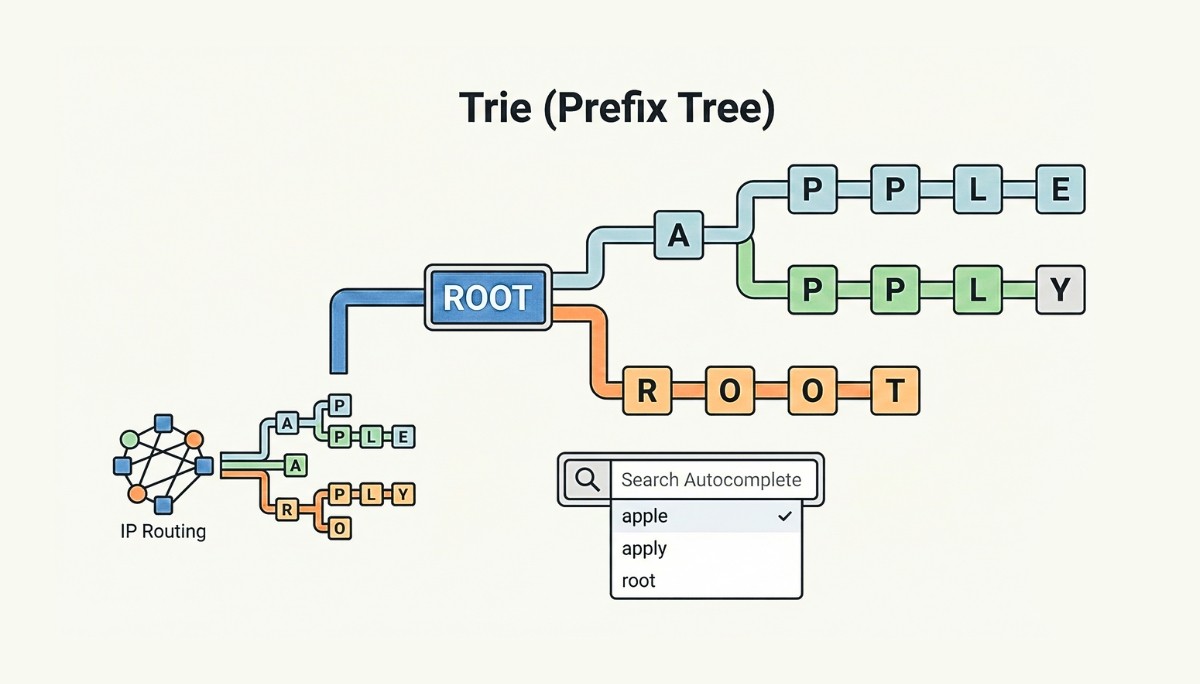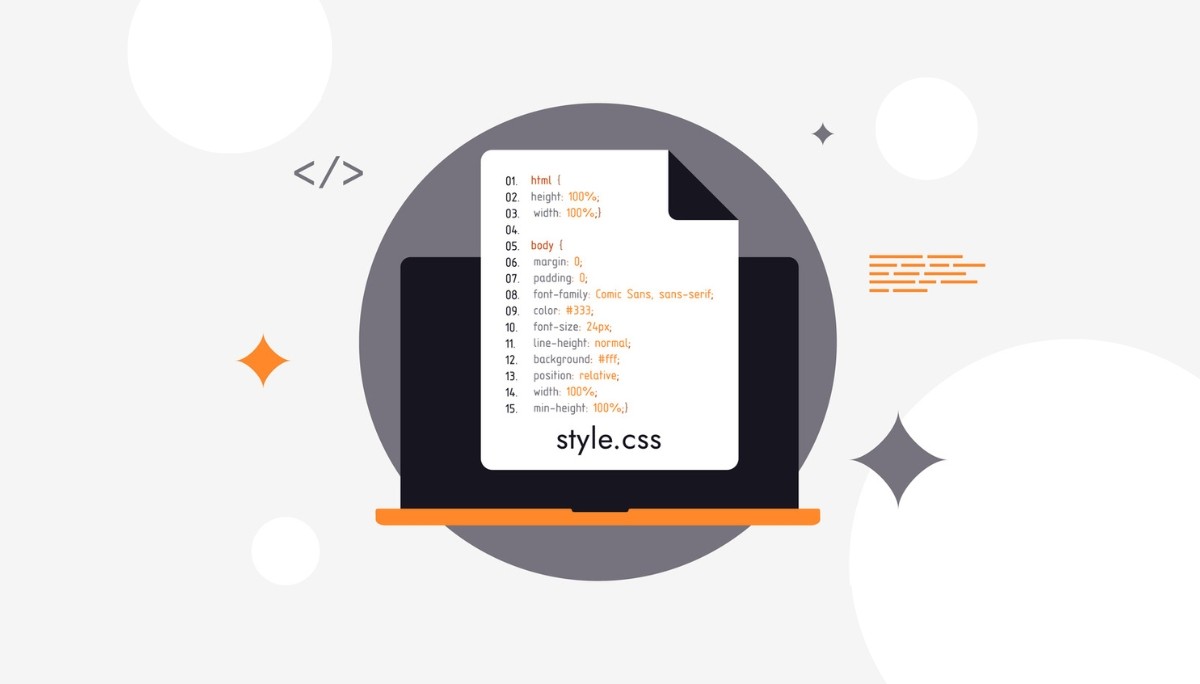Python Interpreter Explained: How It Works and Why It Matters
By
Liz Fujiwara
•
Sep 25, 2025
A Python interpreter is a core component of the Python programming environment that executes Python code line by line, allowing developers to run programs interactively and see immediate results. Unlike compiled languages, which convert the entire code into machine language before execution, Python’s interpreter reads and executes code sequentially, making it ideal for rapid testing, debugging, and iterative development. Understanding how the Python interpreter works is essential for developers, as it provides insights into code execution, error handling, and performance optimization. This article explores the inner workings of the Python interpreter, its role in development, and why mastering its use can increase coding efficiency and productivity.
Key Takeaways
The Python interpreter executes code line by line, providing immediate feedback and making debugging simpler compared to compiled languages.
Its process involves analyzing the source code, generating bytecode, and executing it through the Python Virtual Machine (PVM).
Fonzi, on the other hand, is an AI engineering talent marketplace that streamlines hiring by connecting companies with pre-vetted candidates through structured events, ensuring efficiency and fairness in recruitment.
What is a Python Interpreter?

At its core, a Python interpreter is a program that executes Python code. Unlike compiled languages, which translate the entire code into machine language before execution, Python executes code line by line as an interpreted language. This approach allows for immediate feedback and easier debugging. The Python interpreter acts as a translator, converting Python code into machine-readable instructions and ensuring that each line is processed accurately and efficiently. This characteristic is crucial for developers, as it enables rapid development and testing cycles.
A distinctive feature of Python is its dynamic typing, meaning variable types are determined only at runtime. The standard implementation of the Python interpreter, known as CPython, is the most widely used and serves as the reference implementation of the standard library.
The interpreter not only translates source code into intermediate bytecode but also manages the execution environment, ensuring smooth and correct execution. Understanding how the Python interpreter works can significantly improve programming skills and efficiency.
Interpreted Languages vs Compiled Languages
Interpreted languages like Python execute code line by line, providing immediate feedback and easier debugging compared to compiled languages, which translate the entire source code into machine language before execution. Python’s interpreter processes one line at a time, making it well-suited for scripting and rapid development in a high-level language.
This approach offers greater flexibility and ease of use, particularly for beginners. However, it can also result in slower execution compared to compiled languages, as the interpreter handles code processing in real time.
How the Python Interpreter Works

Understanding the inner workings of the Python interpreter is essential for mastering the language. The interpreter functions as a virtual machine, emulating a physical computer to execute Python code. The process begins with lexing, parsing, and compiling the source code into an intermediate form known as bytecode.
This bytecode is then executed by the Python Virtual Machine (PVM), ensuring the program runs correctly and efficiently. Breaking down this process reveals how the interpreter converts high-level Python code into executable machine instructions.
Source Code Analysis
The first step in the Python interpreter’s workflow is source code analysis. During this phase, the interpreter checks for syntax and indentation errors to ensure the code adheres to Python’s language rules. Lexical analysis divides the source code into tokens, which are then used for further processing.
Common syntax errors, such as unclosed strings or incorrect indentation, cause the interpreter to halt execution and display an error message, guiding the programmer to the source of the issue. This careful analysis helps maintain code integrity before moving to the next stage.
Byte Code Generation
Once the source code is analyzed, the Python interpreter compiles it into bytecode, an intermediate representation closer to machine language. This bytecode is stored in files with a .pyc extension. Bytecode generation is crucial, as it optimizes the code for performance during execution.
Developers can examine bytecode using the dis module, which disassembles it into a more readable format, providing valuable insights into the inner workings of the Python interpreter.
The Python Virtual Machine (PVM)
The final step in the Python interpreter’s workflow is the execution of bytecode by the Python Virtual Machine (PVM). The PVM converts bytecode into executable code, manages the program’s runtime environment, and handles dynamic method lookups. If an error occurs during this process, the PVM terminates execution and displays a detailed error message, including the error type, description, and corresponding line number.
By understanding the PVM’s role, developers can more effectively troubleshoot and optimize their Python programs.
Using the Python Interpreter

Using the Python interpreter effectively can greatly improve your programming experience. Whether you’re testing small code snippets or running complete programs, the CPython interpreter provides a versatile development environment. It supports both interactive and script modes, allowing you to choose the approach that best fits your workflow.
Mastering these modes helps you fully leverage the Python interpreter in your development process.
Invoking the Interpreter
Begin using the Python interpreter from the command line:
On Unix systems, use: python3.13
On Windows, start the interpreter with: python3.13 (if installed from the Microsoft Store)
Alternatively on Windows, use: py.exe to launch the interpreter
Exit the interpreter by typing quit() or using your system’s end-of-file character. Mastering these basic commands enables you to start and stop the Python interpreter quickly and efficiently.
Interactive Mode
Interactive mode is one of the most powerful features of the Python interpreter. When you start the interpreter in this mode, you’ll see the prompt ‘>>>’ indicating that it’s ready for input. This mode allows you to test and modify Python commands in real-time, making it ideal for experimentation and debugging.
The interpreter also supports multi-line editing and history preservation, enhancing the user experience and making it easier to work with complex code, compiler, and ability.
Script Mode
In script mode, you can run complete Python programs from a file. To execute a Python file, use the command python filename.py in the terminal, where filename.py is the name of your script. This mode is ideal for running longer programs and automating tasks.
You can also use an Integrated Development Environment (IDE) to write and execute Python scripts, providing additional tools and features that enhance your development workflow.
Writing and Running Your First Python Program

Writing and running your first Python program is an important milestone in your programming journey. The classic ‘Hello, World!’ program is a simple yet effective way to get started with Python. By using a basic print statement, you can see immediate results and gain confidence in your coding skills. Print statements are also useful for visualizing output and debugging code.
Creating a Python File
To create a Python file, you can:
Use any text editor or IDE that supports Python.
Open a new file.
Save it with a .py extension. This extension is essential, as it tells the Python interpreter that the file contains Python code.
Following these steps prepares you to write Python programs and explore the language’s capabilities.
Running the Python File
Once you’ve created your Python file, running it is straightforward:
Open your command line or terminal.
Enter python <script_name.py> or python3 <script_name.py>, replacing <script_name.py> with the name of your file.
This command starts the Python interpreter and executes your code.
The output will be displayed in the terminal.
Mastering this process allows you to efficiently run and test your Python programs.
Advanced Features of the Python Interpreter

The Python interpreter offers several advanced features that enhance its usability and power. Built-in functions like dir() and help() provide valuable insights and documentation, while support for multi-line constructs allows for more complex and readable code. Understanding these features can significantly improve coding efficiency and effectiveness, making the Python interpreter a versatile tool for both beginners and experienced programmers.
Built-in Functions: dir() and help()
The dir() function is a powerful tool for exploring Python objects, listing all their attributes and methods. When used without arguments, it displays the names in the current local scope.
The help() function provides access to documentation for Python modules, classes, and functions, making it easier to learn about and utilize Python’s extensive functionality. Using these built-in functions deepens your understanding of Python and its capabilities.
Handling Multi-line Constructs
Writing multi-line constructs in Python requires proper indentation to indicate code blocks. For example, lines following a statement that ends with a colon should follow the indentation rules. To complete a multi-line construct, enter a blank line after the indented lines, signaling that the code block is ready to execute.
Additionally, a backslash (\) can be used to indicate that a single statement continues onto the next line, increasing readability. Mastering these techniques allows you to write more structured and maintainable code, improving your programming skills and producing clean, professional-quality code.
Common Issues and Troubleshooting
Even experienced programmers encounter issues while using the Python interpreter. Common errors include syntax and runtime errors, each requiring different troubleshooting approaches. Understanding and resolving these errors enhances debugging skills and ensures smooth program execution.
Syntax Errors
Syntax errors occur when the Python interpreter cannot understand the structure of your code due to incorrect syntax. Common causes include:
Missing punctuation
Misspelled keywords
Incorrect indentation
For example, forgetting to close parentheses or brackets can lead to syntax errors that prevent your code from executing. The interpreter points to the first instance of incorrect syntax, which may not always indicate the exact location of the problem. Carefully reading the error message and reviewing your code can help resolve these issues.
Runtime Errors
Runtime errors occur during the execution of a program when the code is syntactically correct but encounters issues. Common examples include dividing by zero or referencing non-existent variables. Unlike syntax errors, runtime errors can be challenging to reproduce, as they depend on specific conditions that may not always be present.
Understanding the nature of runtime errors and employing strategies to handle them can greatly improve your debugging skills and overall programming proficiency.
Introducing Fonzi: Revolutionizing AI Talent Hiring
Finding top-tier engineering talent in the competitive AI field can be challenging. Fonzi is a curated AI engineering talent marketplace that connects companies with elite, pre-vetted AI engineers, streamlining the hiring process and ensuring high-quality candidates.
What is Fonzi?
Fonzi is a highly curated marketplace specifically designed for hiring AI engineering professionals. Unlike traditional job boards or black-box AI tools, Fonzi provides access only to pre-vetted, top-tier AI engineers. The platform streamlines hiring through its recurring Match Day events, significantly reducing the time and effort needed to find qualified candidates.
How Fonzi Works
Fonzi’s Match Day events allow companies to make real-time offers to selected candidates within a structured two-day window, typically completing hires within three weeks. The platform employs automated screening, bias-audited evaluations, and built-in fraud detection to maintain fairness and integrity. This high-signal, structured approach sets Fonzi apart from other hiring platforms.
Why Choose Fonzi?
Fonzi offers several advantages for AI talent acquisition:
Scalable for both startups and large enterprises
Accelerates the hiring process, with most hires completed within three weeks
Maintains a consistent evaluation standard
This efficient process increases recruitment speed while ensuring well-matched, engaged candidates, making Fonzi a superior solution for building AI engineering teams.
Summary
Understanding the Python interpreter is fundamental for leveraging the full power of the Python programming language. From executing Python code to handling source code analysis, bytecode generation, and execution via the Python Virtual Machine, the interpreter is a core component of Python programming. Mastering its use in both interactive and script modes, along with advanced features and troubleshooting techniques, can significantly enhance your programming efficiency and effectiveness.
Additionally, innovative platforms like Fonzi are transforming the hiring process for AI talent, enabling companies to quickly and effectively connect with top-tier professionals. By embracing these tools and knowledge, you’ll be well-equipped to become both a proficient Python programmer and an effective AI talent recruiter.




